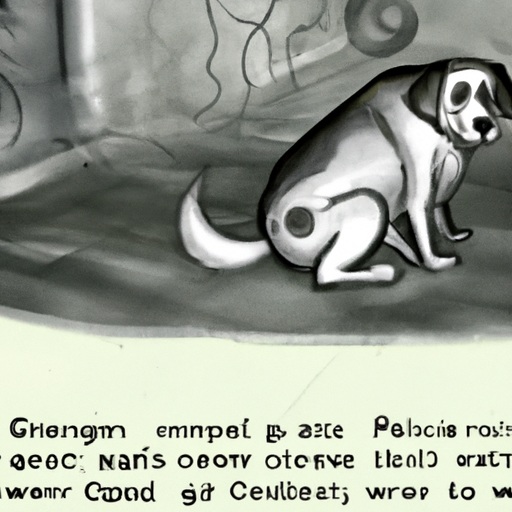Understanding Your Dog’s Tail Language
As you navigate the journey of pet ownership, understanding the subtle cues of your canine companion is essential. You’ve likely noticed the various tail movements your dog exhibits – wagging, drooping, or standing erect. Often, a wagging tail is associated with happiness and eagerness. However, tail wagging can also be a sign of nervousness, aggression, and in some unfortunate cases, a sign of your dog’s impending departure from this world.
The Complex World of Canine Communication
Canine communication is a rich tapestry of sounds, body movements, and facial expressions. Tail wagging is a vital part of this expressive language. Contrary to popular belief, tail wagging is not always a sign of joy. It can indicate a range of emotions, from excitement and contentment to fear and aggression.
A dying dog may wag its tail as a final attempt to communicate with its caregiver. This could be an expression of discomfort, a plea for help, or simply a reflex response to internal distress.
The Science Behind the Wag
From a scientific perspective, tail wagging is a complex phenomenon closely tied to a dog’s emotional and physical state. Dogs have a bundle of nerves at the base of their tail. When they are stressed or in pain, these nerves may send signals that result in involuntary tail wagging.
| Emotional State | Tail Wagging |
|---|---|
| Happiness | Fast, loose wag |
| Nervousness | Slow, low wag |
| Aggression | High, stiff wag |
| Dying | Slow, weak wag |
How to Respond to Your Dying Dog’s Tail Wag
When you notice your dog’s tail wag is unusually slow and weak, it’s crucial to respond appropriately. Your dog may be in distress and need comfort.
- Approach your dog calmly and gently.
- Speak in a soothing voice.
- Provide comforting touches.
- Consult with a vet if you suspect your dog is in pain.
Preparing for The Inevitable
Losing a pet is never easy. As a caregiver, you bear the responsibility of making your dog’s final moments as peaceful and comfortable as possible. Remember, your dog’s tail wag is their way of reaching out to you. Respond with compassion, patience, and understanding.
Frequently Asked Questions
Why is my dog wagging its tail more than usual?
This could be due to excitement, nervousness, or a sign of discomfort. If it’s accompanied by other signs of distress, consult with a vet.
Can tail wagging be a sign of pain in dogs?
Yes, in some cases, dogs wag their tails to signal discomfort or pain.
What should I do if my dog is wagging its tail but seems unwell?
Contact a vet immediately. Your dog may be in pain and need medical attention.
How can I tell if my dog is dying?
Signs can include loss of appetite, lethargy, difficulty breathing, and changes in behavior. Always consult with a vet if you’re unsure.



